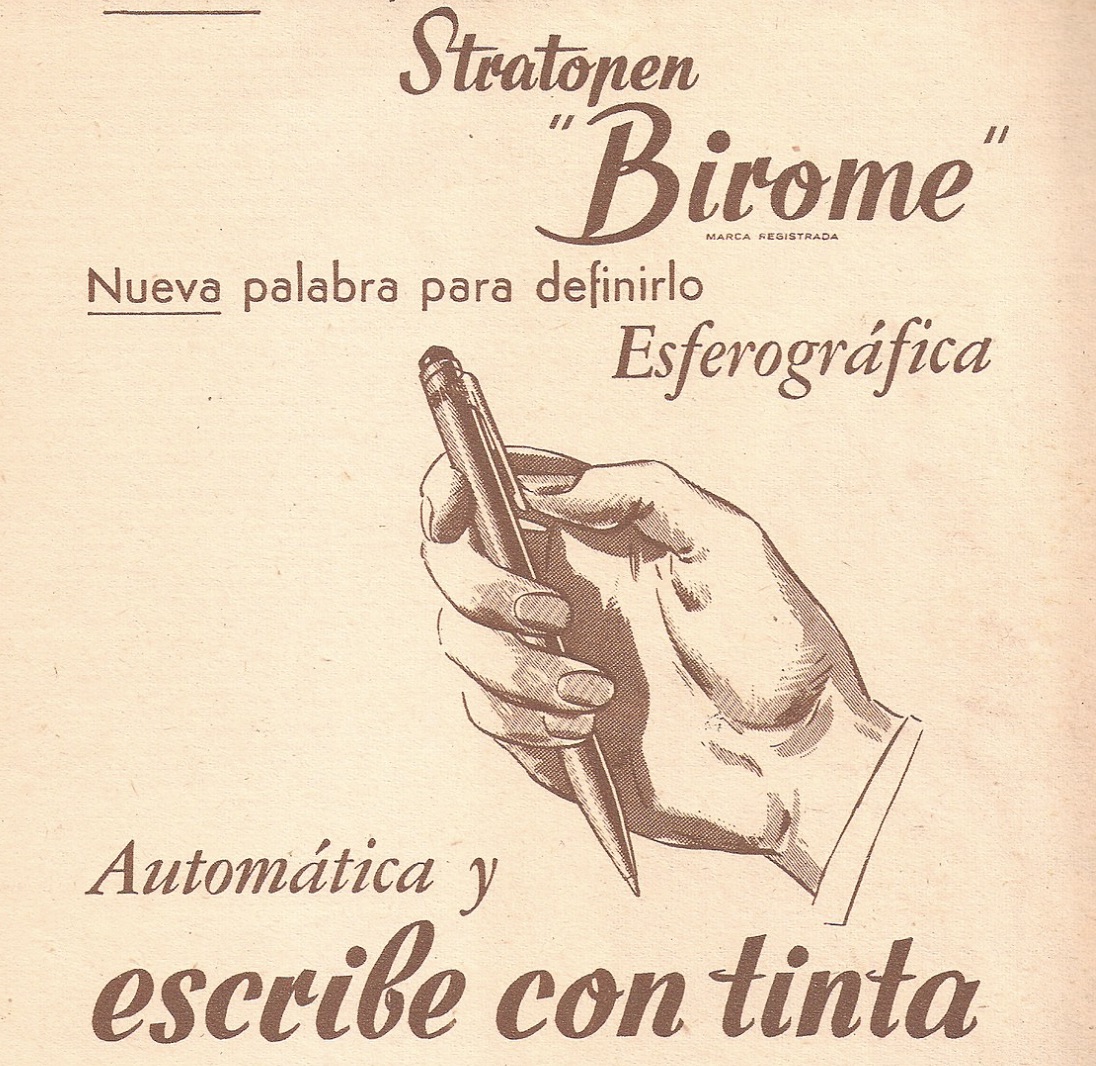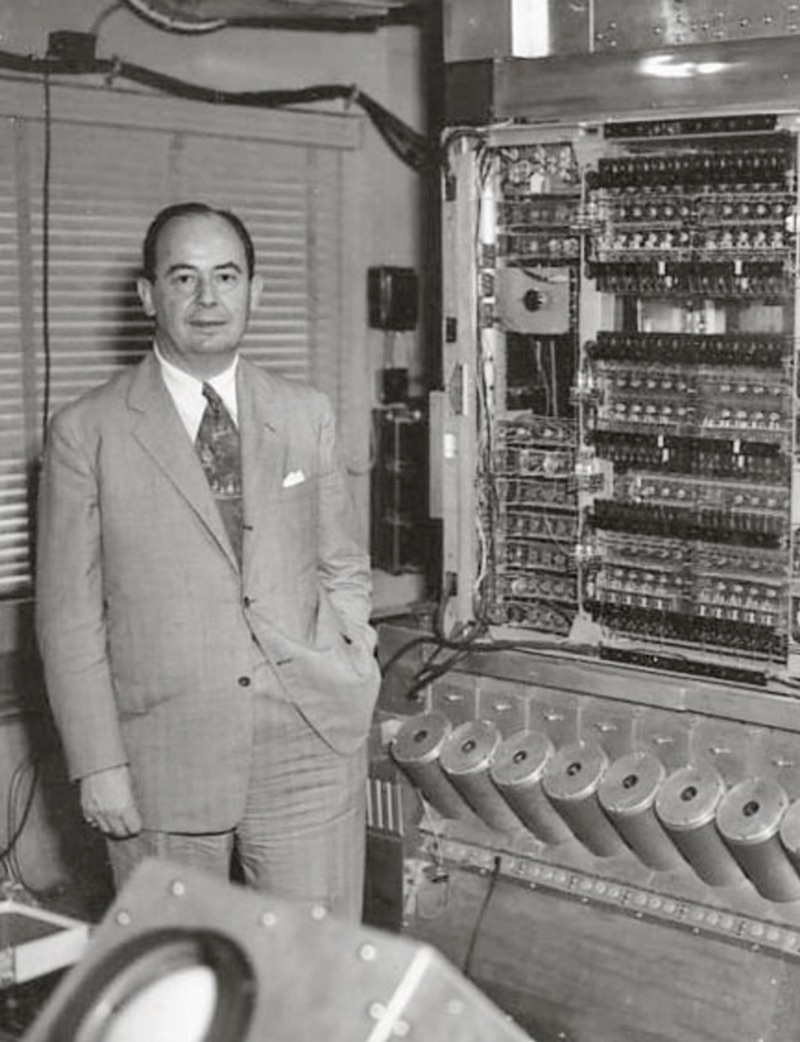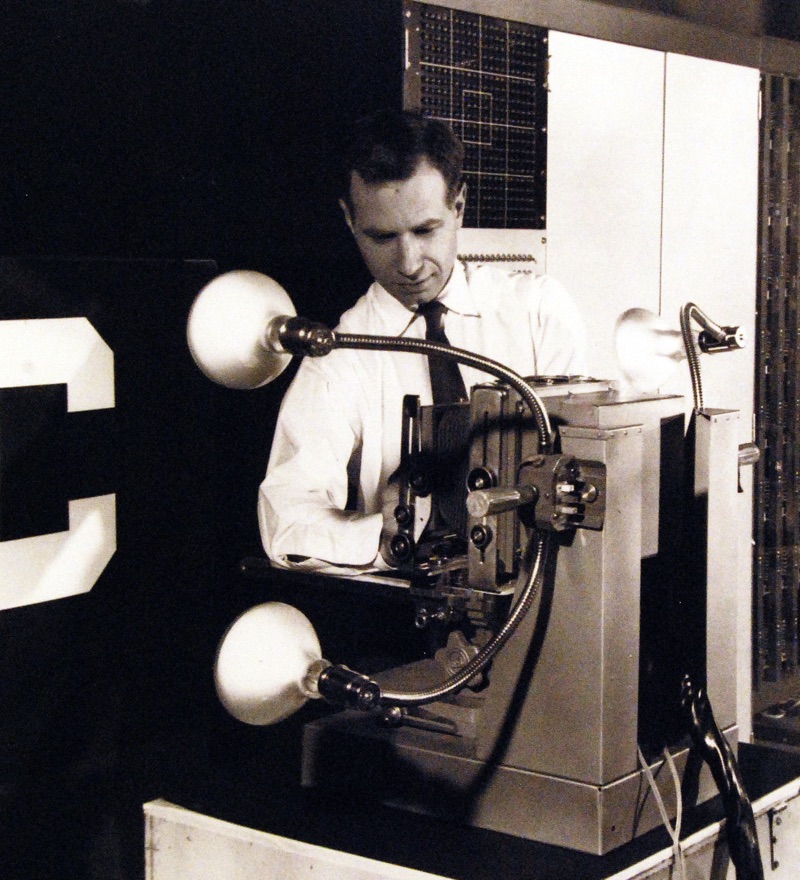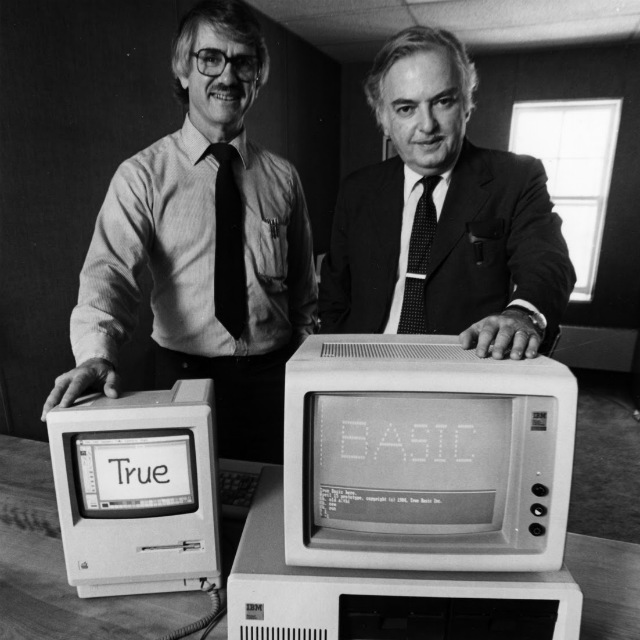
The Rubik's Cube: A Timeless Puzzle That Continues to Captivate
The Rubik's Cube is an iconic 3D combination puzzle invented in 1974 by Hungarian professor and architect Ernő Rubik. Originally designed as a tool for teaching three-dimensional geometry, the cube quickly gained worldwide fame, captivating people of all ages with its unique design and seemingly endless array of possible configurations. We explore the history of the Rubik's Cube, its global popularity, and the many ways in which it continues to be a useful tool for learning, problem-solving, and creativity.

The Biro Pen: A Revolutionary Writing Instrument That Changed the World
The Biro pen, commonly known as the ballpoint pen, is an everyday writing instrument that has had a profound impact on the world since its invention. Its ease of use, reliability, and affordability have made it a staple in households, offices, and schools globally. This paper delves into the history of the Biro pen, its impact on the world, and its enduring legacy as an essential tool for communication and creativity.

Janos Neumann: A Pioneering Figure in Mathematics and Computer Science
Janos (John) von Neumann, a Hungarian-American mathematician, physicist, and computer scientist, was a pioneering figure who made significant contributions to various fields, including quantum mechanics, game theory, and the development of the modern computer. His remarkable intellect, groundbreaking ideas, and lasting impact on the scientific community have cemented his place as one of the most influential thinkers of the 20th century.

The Perceptron: A Revolutionary Invention in Artificial Intelligence and Its Inventor, Frank Rosenblatt
The perceptron, an early artificial neural network algorithm, was a groundbreaking invention that significantly influenced the field of artificial intelligence (AI). Developed by American psychologist and computer scientist Frank Rosenblatt in the late 1950s, the perceptron marked the beginning of machine learning and laid the foundation for future developments in AI. In this essay, we will explore the technical environment in which the perceptron was created, how it worked, and the impact it had on science and the world.

John Kemeny: The Visionary Behind BASIC and the Accessible Computing Revolution
John Kemeny (1926-1992) was a Hungarian-American mathematician, computer scientist, and educator, best known for co-creating the BASIC programming language with Thomas Kurtz in 1964. Born in Budapest, Hungary, Kemeny and his family fled to the United States in 1940 to escape the Nazi regime. He earned his bachelor's degree from Princeton University, where he worked as Albert Einstein's mathematical assistant, and later completed his Ph.D. in mathematics from the same institution.